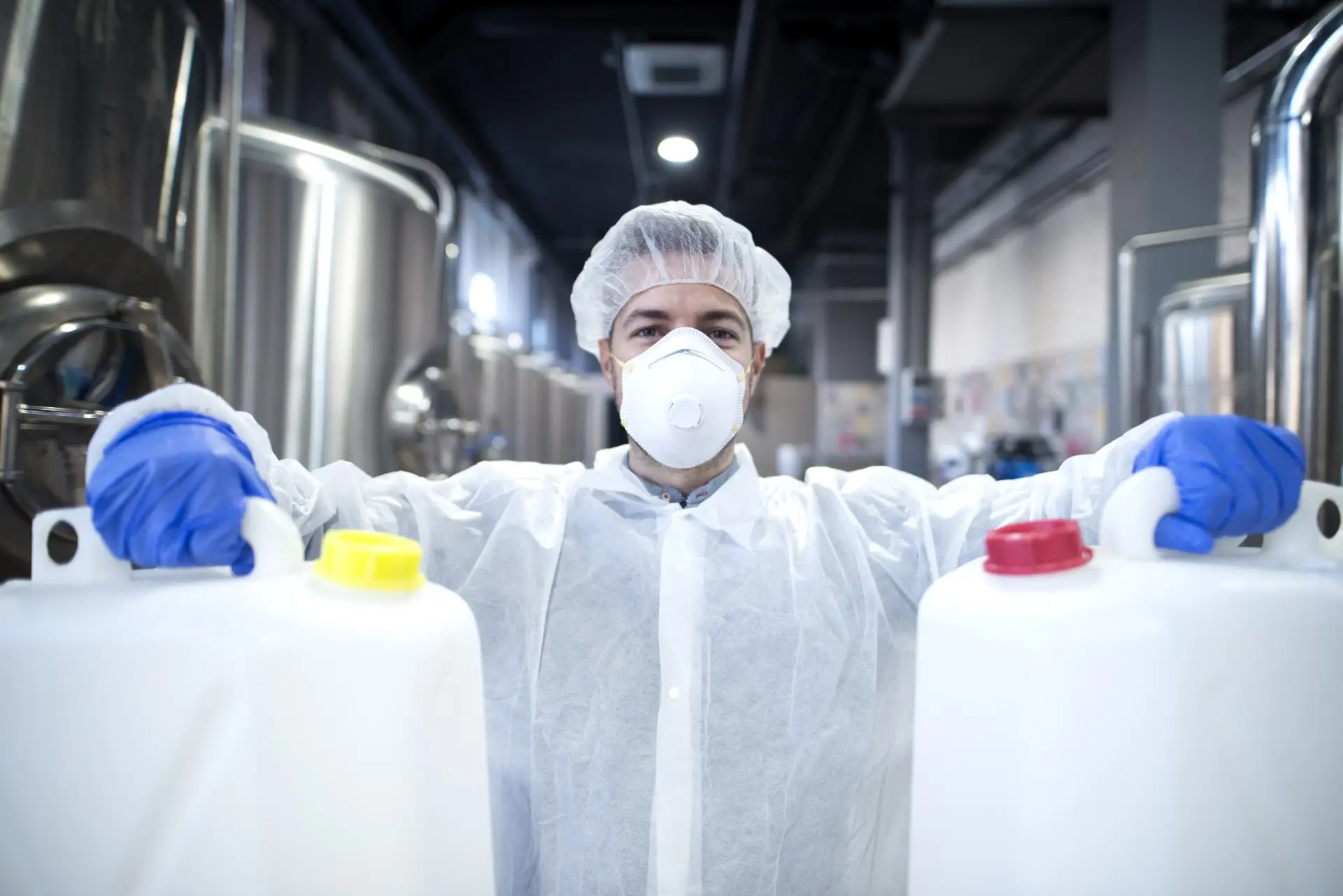The vaping industry has experienced rapid growth over the past decade, evolving from a niche market to a global phenomenon. However, with this growth comes increased scrutiny from regulators worldwide. For manufacturers, navigating the complex and ever-changing landscape of vape regulations is critical to ensuring compliance, maintaining consumer trust, and sustaining business operations. This article explores the key regulatory challenges facing vape manufacturers and provides actionable insights to help them stay ahead in this dynamic environment.
The Global Regulatory Landscape
Vape regulations vary significantly across regions, making it challenging for manufacturers to operate in multiple markets. In the United States, the Food and Drug Administration (FDA) oversees vaping products under the Family Smoking Prevention and Tobacco Control Act. Manufacturers must submit Pre-Market Tobacco Applications (PMTAs) for approval, demonstrating that their products are appropriate for public health. The FDA has also banned flavored vaping cartridges, with exceptions for tobacco and menthol flavors, to curb youth vaping.
In the European Union, the Tobacco Products Directive (TPD) regulates vaping products, setting limits on nicotine concentration, requiring child-resistant packaging, and mandating detailed ingredient listings. The UK, while part of the TPD framework, has taken a more progressive stance, promoting vaping as a harm reduction tool for smokers.
Meanwhile, countries like Australia and Japan have stricter regulations, with nicotine-containing e-liquids classified as prescription-only medicines or outright banned. Manufacturers must carefully research and adhere to the specific requirements of each market to avoid costly penalties or product seizures.
Key Compliance Challenges
- Product Labeling and Packaging
Accurate and compliant labeling is a cornerstone of vape regulations. Manufacturers must ensure that their products include warning labels, nicotine content disclosures, and ingredient lists. Child-resistant packaging is also mandatory in many jurisdictions to prevent accidental ingestion by children. Failure to meet these requirements can result in fines, recalls, or even legal action. - Flavor Restrictions
Flavored vaping products have come under fire for their appeal to younger audiences. In response, many countries have implemented flavor bans or restrictions. Manufacturers must stay informed about these changes and adapt their product offerings accordingly. For example, focusing on tobacco and menthol flavors in markets with strict flavor bans can help maintain compliance. - Nicotine Limits
Regulations often cap the nicotine concentration in e-liquids. In the EU, the TPD limits nicotine to 20 mg/mL, while other regions may have different thresholds. Manufacturers must ensure their products meet these limits and clearly communicate nicotine levels to consumers. - Advertising and Marketing Restrictions
Many countries have stringent rules on how vaping products can be advertised. For instance, the EU prohibits claims that vaping is less harmful than smoking unless supported by scientific evidence. In the US, the FDA requires pre-approval for all vaping-related advertisements. Manufacturers must navigate these restrictions carefully to avoid misleading consumers or violating regulations. - Taxation and Pricing
Vaping products are increasingly subject to excise taxes, which can significantly impact pricing and profitability. Manufacturers must factor these costs into their business models and stay informed about tax changes in their target markets.
Strategies for Staying Compliant
- Invest in Regulatory Expertise
Given the complexity of vape regulations, manufacturers should consider hiring or consulting with regulatory experts. These professionals can help interpret evolving laws, ensure compliance, and streamline the approval process for new products. - Conduct Regular Audits
Regular internal audits can help manufacturers identify and address compliance gaps before they become issues. Audits should cover product labeling, packaging, ingredient sourcing, and marketing materials. - Engage with Regulators
Building a positive relationship with regulatory authorities can be beneficial. Manufacturers should participate in public consultations, submit feedback on proposed regulations, and stay informed about upcoming changes. Proactive engagement can help shape policies that are fair and practical for the industry. - Leverage Technology
Advanced software solutions can simplify compliance management by tracking regulatory changes, managing documentation, and automating reporting processes. Investing in such tools can save time and reduce the risk of non-compliance. - Focus on Quality and Safety
High-quality, safe products are less likely to attract regulatory scrutiny. Manufacturers should prioritize rigorous testing, transparent ingredient sourcing, and adherence to industry standards. Demonstrating a commitment to consumer safety can also enhance brand reputation.
The Future of Vape Regulations
As the vaping industry continues to evolve, so too will the regulatory landscape. Emerging trends include stricter enforcement of existing laws, increased taxation, and potential bans on certain product categories. Manufacturers must remain agile and proactive to navigate these changes successfully.
Moreover, the growing emphasis on sustainability and environmental responsibility may lead to new regulations around packaging waste and product disposal. Manufacturers should consider adopting eco-friendly practices to stay ahead of potential requirements.
In conclusion, navigating vape regulations is a complex but essential task for manufacturers. By understanding the global regulatory landscape, addressing key compliance challenges, and implementing proactive strategies, manufacturers can ensure their products meet legal requirements while maintaining consumer trust. As the industry matures, staying informed and adaptable will be crucial for long-term success. By prioritizing compliance and innovation, vape manufacturers can not only survive but thrive in this dynamic and competitive market.
